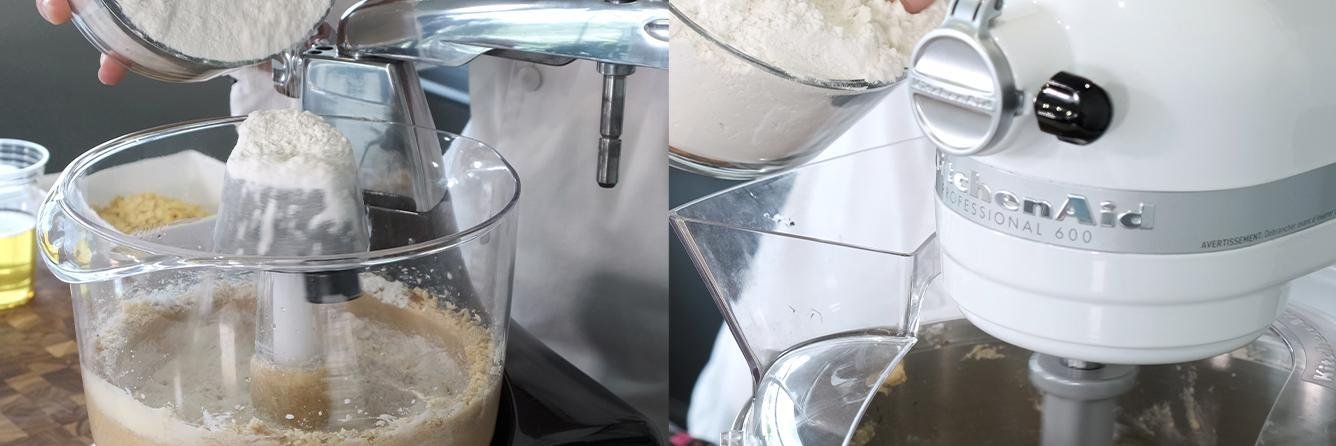
Ankarsrum Assistant Mixer VS KitchenAid Professional 600 Stand Mixer
Two of the most popular large mixers on the market are the KitchenAid Professional 600 (or Pro 600) and the Ankarsrum Kitchen Assistant. We put these mixers head to head to see how they compare. We tested the major functions of each mixer, using identical real-world recipes you can really make. As we tested every recipe on each mixer, we noted how well the mixer did and if there were any issues. The mixers came with similar tools and attachments, so we tested these standard mixer functions:
Kneading - Can the mixer effectively knead a thick dough? A quality mixer should be able to handle the laborious work of kneading dough, so we made batches of cinnamon roll dough in each mixer to see if their tools could thoroughly mix the ingredients to create the gluten strands necessary for perfect, fluffy cinnamon rolls.
Whipping - How well does the wire whisk whip? Whipping results are dependent on the wire whisk, motor power, and position of the whip in relation to the bottom of the bowl. For this test, we whipped together cream cheese icing for our cinnamon rolls and measured the results in time to see how long it took to complete.
Beating - Can the mixer's beater blade evenly mix all ingredients? We made five dozen of my Great Aunt Rose's chocolate chip cookies to test the effectiveness of each mixer's beater-blade design and ability to evenly mix multiple ingredients of various textures, densities and shapes.
Usability - How easy is the mixer to use? We considered each mixer's overall user experience, build quality, and the accessories the manufacturers offer for their mixers.
Shop Top Mixers
Quick Overview of Ankarsrum VS KitchenAid Specs
Kneading in the Ankarsrum VS KitchenAid Pro 600
The biggest difference between the Ankarsrum and the KitchenAid is how they knead the dough. The Ankarsrum has a 7.4qt rotating bowl with a dough roller and an optional dough hook. The Kitchenaid Pro 600 has a 6qt bowl that uses a rotating spiral dough hook for kneading. For our comparison test, we made a double batch of cinnamon rolls in each mixer to show you the differences in how each mixer works.
Note: The Ankarsrum comes with two tools to knead the dough - the dough roller and the dough hook. The Roller can be used in any dough-making application whether high or low hydration dough. The dough hook works great for high-hydration recipes like with silky thin-crust pizza dough. We’ll use the roller for this recipe.
Ankarsrum Process:
With any dough recipe made in the Ankarsrum mixer, we started by combining wet ingredients first. The roller sits on the side of the bowl and spins as the bowl rotates incorporating the ingredients.
With Ankarsrum, you can manually move the dough roller back and forth to help incorporate ingredients.
Once the wet ingredients are combined, it was time to add the dry ingredients. With the Ankarsrum, you will need to manually move the roller arm back and forth to help mix in the ingredients every once in a while. This might seem like a foreign concept if you grew up with KitchenAid mixers - but was simple to learn!
The large open-bowl design makes it easy (and mess-free!) to add in ingredients.
With the large open bowl, it was easy to add in the flour one scoop at a time to evenly incorporate everything. We didn't end up needing all of the flour the recipe called for because the dough looked properly hydrated. That is the nice thing about doughs with the Ankarsrum - because of its gentle mixing method you can use less flour for more soft texture doughs.
The Ankarsrum's built-in timer makes multitasking easy.
Once all of the ingredients were added, we locked the arm in place about 1/2 inch from the side of the bowl. We used the built-in timer to knead the dough for 12 minutes. The roller gently moved the dough ball around mimicking the work of hand kneading.
Look at this perfect dough ball. Great gluten development and nice spring-back when we poked our dough.
Once 12 minutes were up, the mixer automatically stopped. We used the included bowl cover on the stainless steel bowl and let the dough rise.
Pros:
- The large open bowl design makes it easy to add in ingredients (without some of the flour spilling all over the counter).
- Gentle mixing roller allows for less flour to be used making more supple doughs.
- The roller is also gentle enough to prevent over-kneading so too much gluten isn't developed, which would, in turn, make tougher bread.
- Built-in timer makes it easy to multi-task while dough kneads.
Cons:
- There is a bit of a learning curve using the Ankarsrum. Learning to use the arm and properly mix in ingredients might take a couple of tries, but it is easy once you know how to do it.
- Adding too much flour at once can slow down the kneading process making the dough shaggier and harder to knead (part of the learning curve).
- The speed control labeling is a bit unclear - there are no speed numbers, but rather a pictorial "speed bar" image on the control knob - another learning curve to this mixer.
KitchenAid Process:

With any dough recipe made in the KitchenAid mixer, we started by combining dry ingredients first - reserving two cups of the dry mix.
The small opening in the pouring shield wasn't the best experience.
Because the mixer motor obstructs the top of the bowl, we needed to install the pouring shield so we can cleanly add ingredients.
The KitchenAid's dough did not look as supple and soft as Ankarsrums.
We raised the bowl and gradually added in the wet ingredients at a speed 2. Once combined, the remaining dry ingredients were added. The dough hook spins, stretches, and rips through the dough to mix and knead ingredients. We kneaded until dough is elastic and smooth.
Pros:
- Ingredients do mix in more easily because of the more dough hook and mixing style.
- Kneading times can be shorter.
- Speeds are clearly marked on mixer.
Cons:
- Dough hook rips through the dough to mix - this rougher method can easily over-knead the dough making for a tougher end result.
- The pouring shield is annoying to use. You can do without it, but it can be much messier when baking because there isn't much room to add in ingredients - the top of the bowl is obstructed by the mixer head.
- The mixing bowl isn't the easiest to install and remove, there is a learning curve to it.
- Louder than the Ankarsrum mixer.
Results:

We completed the rest of our cinnamon roll recipe (raising, shaping, cutting, and baking the dough) for both of our doughs - 1 from the Ankarsrum mixer, and 1 from the KitchenAid mixer. Then we tasted the baked cinnamon rolls (unfrosted) side by side.
Chef Austin carefully examines each cinnamon roll for texture and crumb structure.
The cinnamon rolls we taste tested from each mixer tasted great! As far as flavor goes both were identical - it's the texture that widely varries. The Ankarsrum's rolls gently tore apart and were light, and pillowy in texture. The KitchenAid's rolls crumbled as we attempted to tear them apart and were a bit more crusty in texture. We believe this is because of two reasons - 1) the kneading method and 2) the amount of flour used. The rolls with the KitchenAid mixer had too much gluten development from the rough nature of the dough hook ripping and tearing through the cinnamon roll dough while kneading.
An up-close shot of KitchenAid's dough. The spiral dough-hook really went to town on our cinnamon roll dough. A bit crumbly and dryer, not a soft texture.
Because of the harsh mixing method, the mixer can actually incorporate more flour into the dough more quickly. This made it hard to tell when the dough was properly hydrated and can lead to dryer and denser doughs.
Though the dough didn't look too great in KitchenAid's mixer, it did raise okay and the rolls looked good before they went in the oven.
In comparison the kneading method of the Ankarsrum is more gentle with your dough. The unique dough roller mimics your hands gently kneading your dough which will prevent over-kneading. Although kneading time is longer in the Ankarsrum mixer, the built-in timer makes it easy to multitask in the kitchen without having to babysit the mixer. The method in which you slowly add flour also makes it easy to see (and understand!) when your dough is "ready." We could easily see when the dough wanted to stop absorbing flour and started to make a cohesive ball. This is nice when baking because the amount of flour you use in a recipe can vary due to humidity conditions in your area, the quality of your ingredients, and variables like the amount of egg white/egg yolk in a single egg.
Whipping in the Ankarsrum VS KitchenAid Pro 600
To test the whipping functionality of each mixer, we made cream cheese frosting (which goes great with our cinnamon rolls).
Ankarsrum Process:
The dual balloon whisk can independently rotate, making the whipping task quick.
For whipping ingredients, it's best to use the included 3.7qt plastic bowl and dual balloon whisk.
Be sure to only use room temperature butter and/or cream cheese with the Ankarsrum.
Simply add in room temperature cream cheese and butter and beat on high speed. Switch to the lowest speed and mix in cinnamon and powdered sugar. Increase speed to medium and whip for 1 minute until fluffy.
KitchenAid Process:
Not pictured: the pile of powdered sugar that missed the pouring shield.
For the KitchenAid, with the wire whip attached, we added in the room temperature cream cheese and butter, raised the bowl and installed the pouring shield. We whipped on high speed until creamed. Then we switched to the lowest speed and mixed in the cinnamon and powdered sugar. And topped off the process by increasing the speed and whipped until fluffy.
Results:
Fluffy frosting for cinnamon rolls.
Both mixers made a satisfactory fluffy cream cheese icing for our cinnamon rolls. The Ankarsrum was a bit easier to use with its open bowl design compared to using KitchenAid's small pouring shield spout.
Unmixed powdered sugar at the bottom of KitchenAid's 6qt mixing bowl.
We did notice on the KitchenAid that there were some unmixed ingredients in the bottom of the bowl. A common issue with the large 6qt bowl is that it's difficult to make small batches. KitchenAid does sell a smaller 3qt bowl to solve this problem. It’s nice that the Ankarsrum already comes with an appropriate size bowl for small and medium tasks like this.
Beating in the Ankarsrum VS KitchenAid Pro 600
Another common task mixers are great at is making cookies. To test the standard beaters on each of these machines we’ll make a 5 dozen batch of cookie dough.
Ankarsrum and KitchenAid Process:
First, we’ll cream together the butter and sugar.
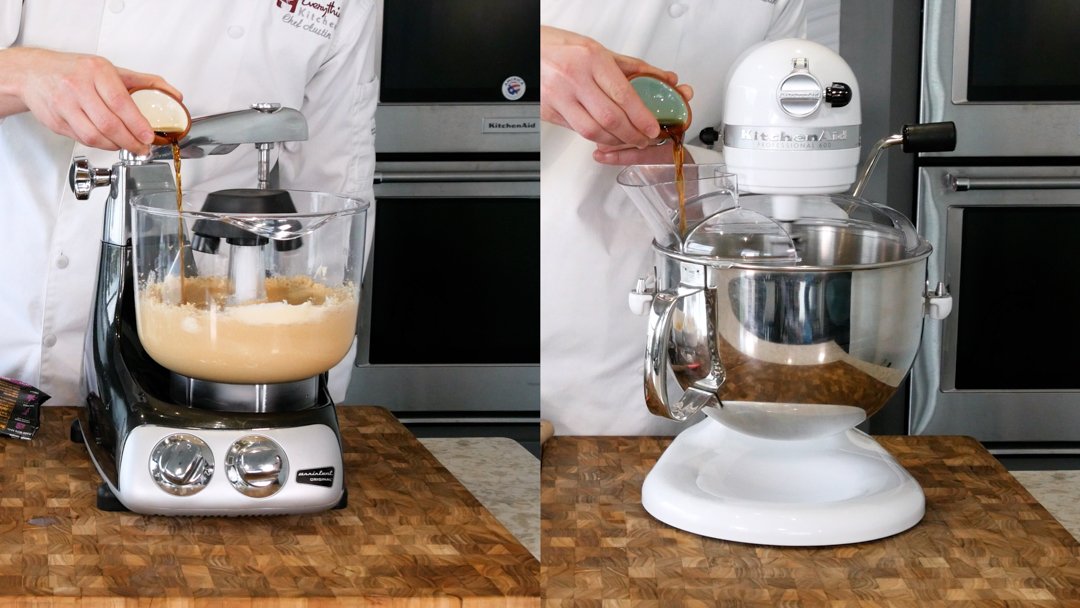
Then we’ll add in our other wet ingredients followed by a couple of the dry ingredients.
Now we’ll alternately add in our flour and oil.
Finally, we’ll add in the best part - corn flakes, quick oats, along with chocolate chips.
Results:
Great Aunt Rose's Chicago-style chocolate chip cookies.
Both mixers did equally well mixing our cookie dough. Again, it was easier to add ingredients to the Ankarsrum because of the open bowl design. The Kitchenaid did start to shake a little bit when we added in our chocolate chips, but other than that no issues. After we baked off our cookie dough we did a taste test. There were no noticeable differences in texture or taste between the cookies from each machine. Both the Ankarsrum and KitchenAid mixer will do an excellent job making cookies.
A couple of side notes for the Ankarsrum:
- Please make sure to use only room temperature butter with the Ankarsrum - you can damage the beater assembly if you use cold, hard butter.
- Although we used the plastic bowl with the Ankarsrum, you can also use the stainless bowl with the roller attachment to make cookies. The results are just as good AND you can make even larger batches. It’ll just require a little more manual movement on your part with the roller.
Attachments for the Ankarsrum VS KitchenAid Pro 600
Both mixers have great metal meat grinders for fresh hamburgers and meatballs.
Both KitchenAid and Ankarsrum can do more than just mix. Attachments can transform your mixer into another appliance! Each mixer has over 10 attachments. Popular attachments like pasta rollers & cutters, meat grinders, and food shredders are available for both mixers. Exclusive to Ankarsrum mixers at the time of making this video are a blender, cookie press, and nut grinder. Exclusive to the Kitchenaid include useful attachments like a spiralizer, ice cream maker, and slow-juicer. Thanks to the design of the Ankarsrum worm-gear drive motor, you can use attachments, like the meat grinder, for long periods of time as there is no cool-down period and less strain on the motor when using attachments. The KitchenAid Mixer needs about a 20 to 30 minute cool-down period for every 10 minutes of continuous running time because of the multiple gear-driven motor.
Top Ankarsrum Attachments
Top KitchenAid Attachments
Chef's Final Notes & Recap
The hardest part of our testing. Eating each and every cookie... for science.
After testing both of these mixers side-by-side, we can say that they are both quality mixers. The Ankarsrum definitely has an advantage over the KitchenAid Professional 600 when it comes to making dough thanks to the extra-large 7.3qt bowl and gentle roller. If you’re a baker looking to make your own bread at home I’d for sure recommend the Ankarsrum. The Ankarsrum does have more of a learning curve to it compared to the Kitchenaid, but its like driving a manual transmission car - it may be a little tricky at first, but once you learn it, there are more advantages that you can use when mixing and baking. KitchenAid does have more color options and mixer attachments to choose from but the Ankarsrum does have a much longer warranty of 7 years compared to Kitchenaid’s 1 year. No matter which one you choose, you won’t be disappointed with either of these mixers for your kitchen.
Shop Top Mixers




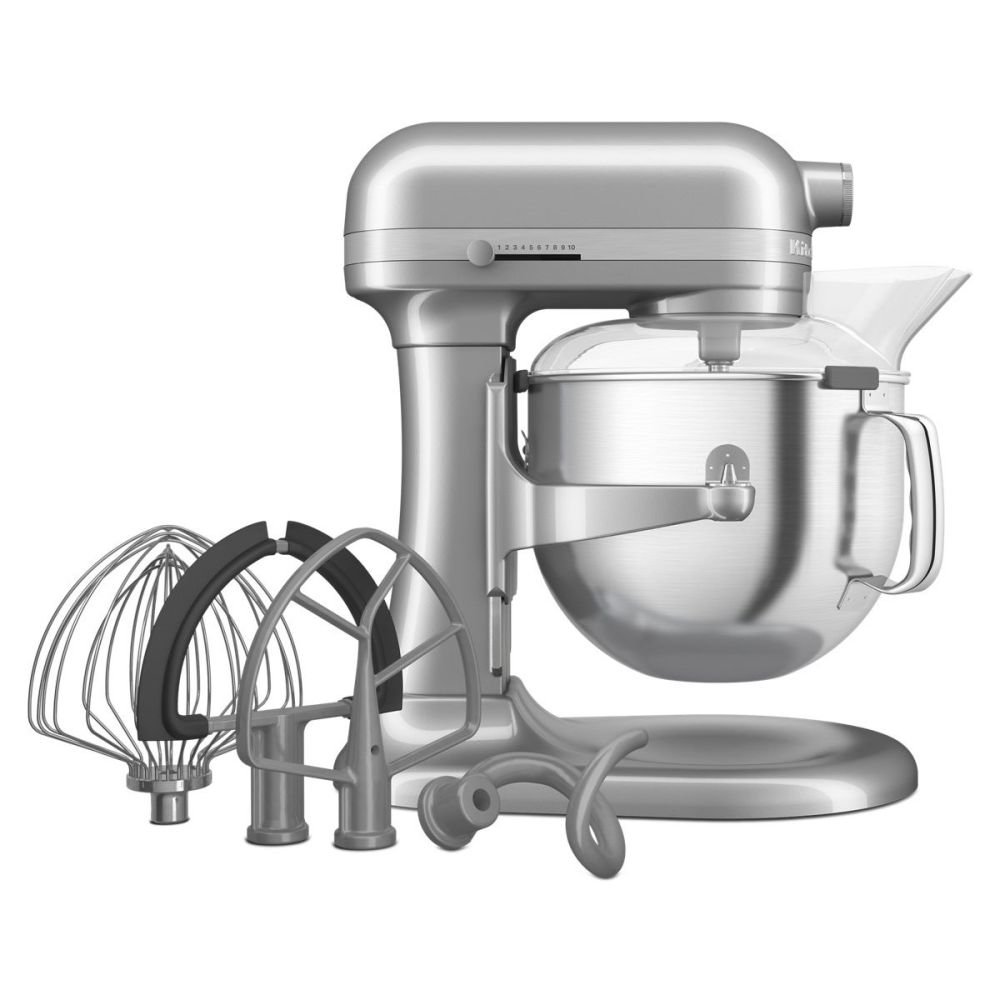
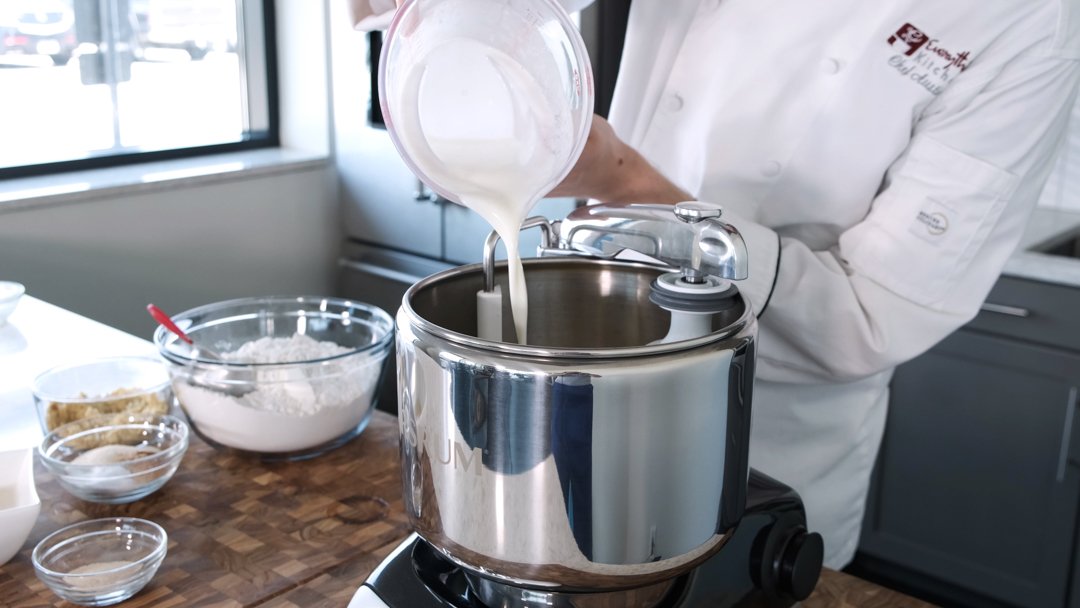

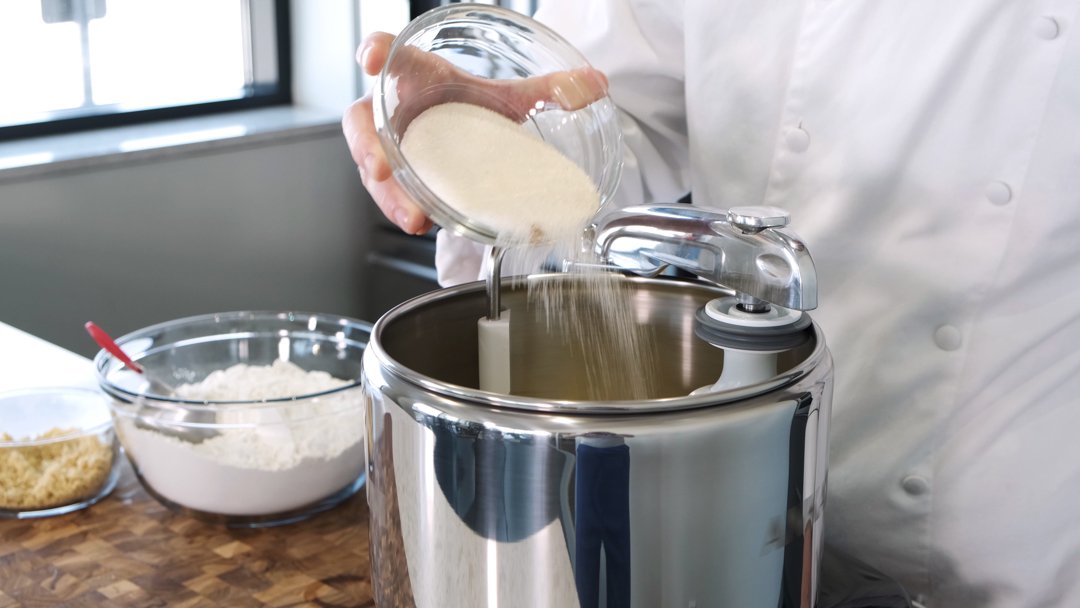

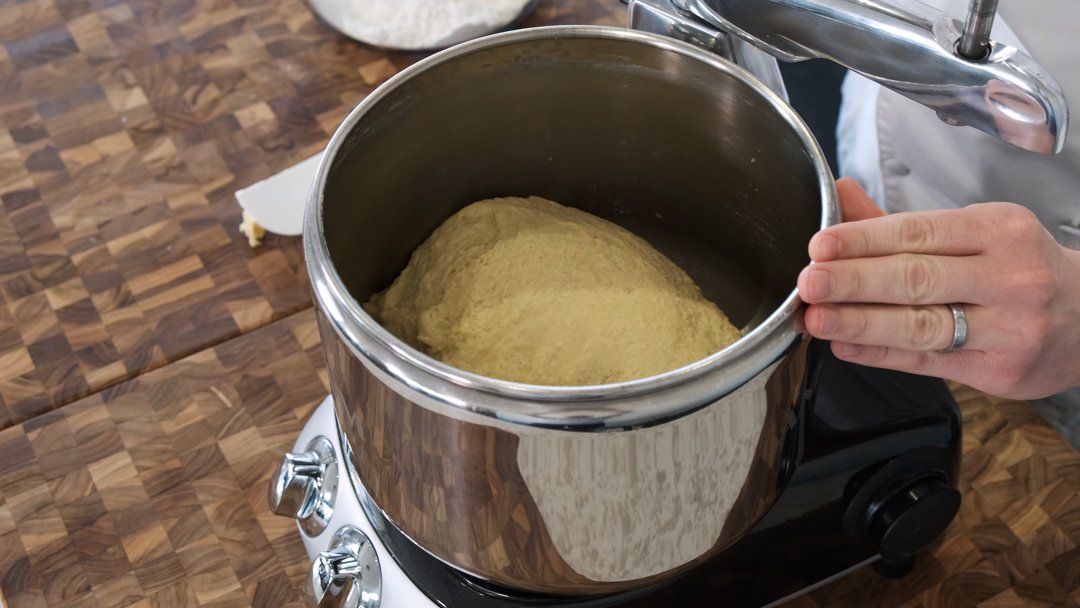
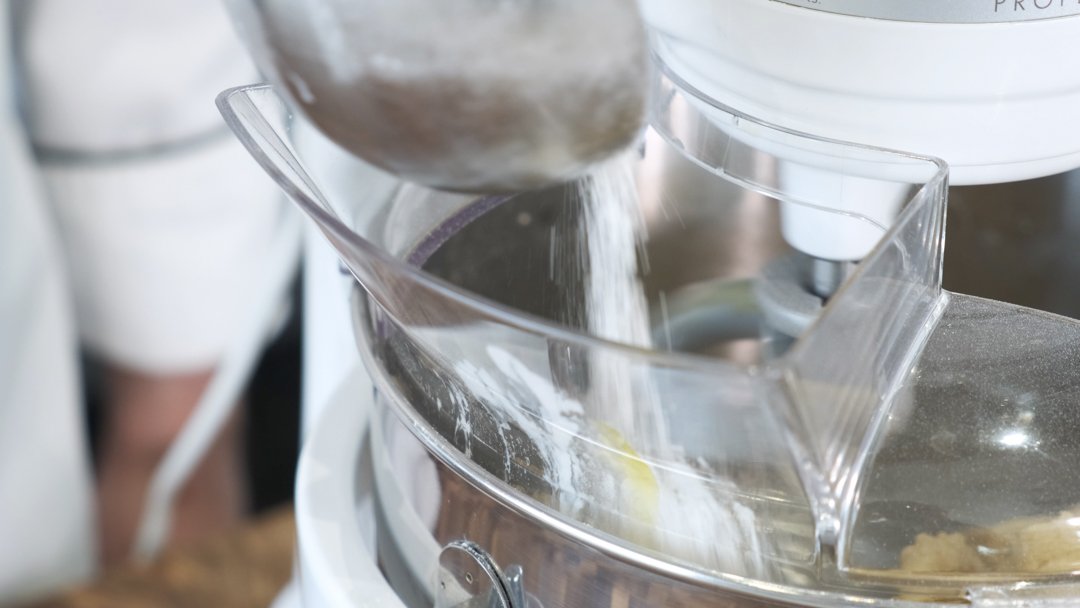


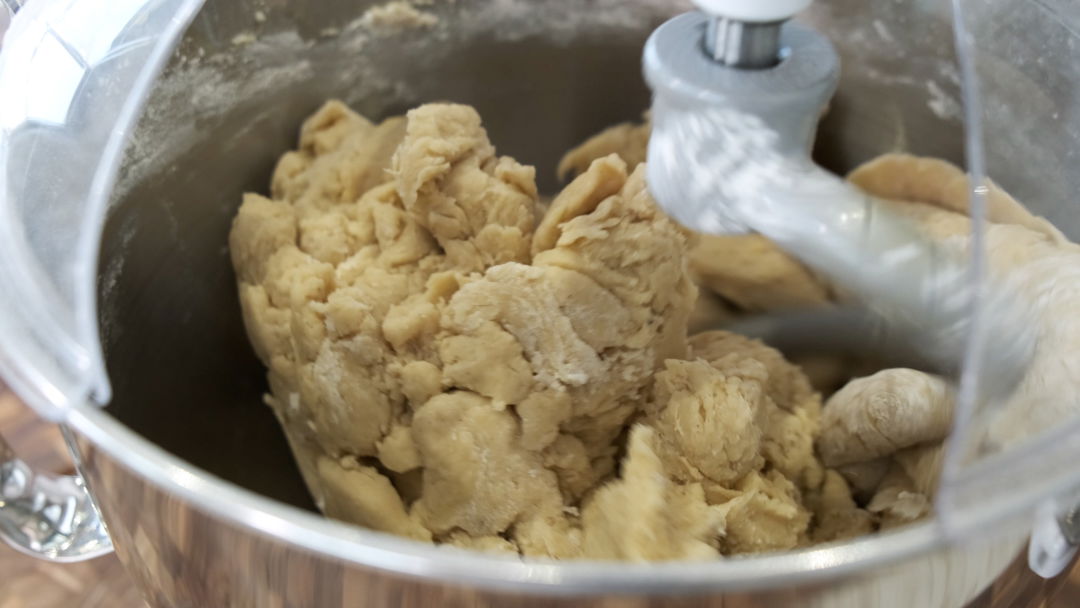

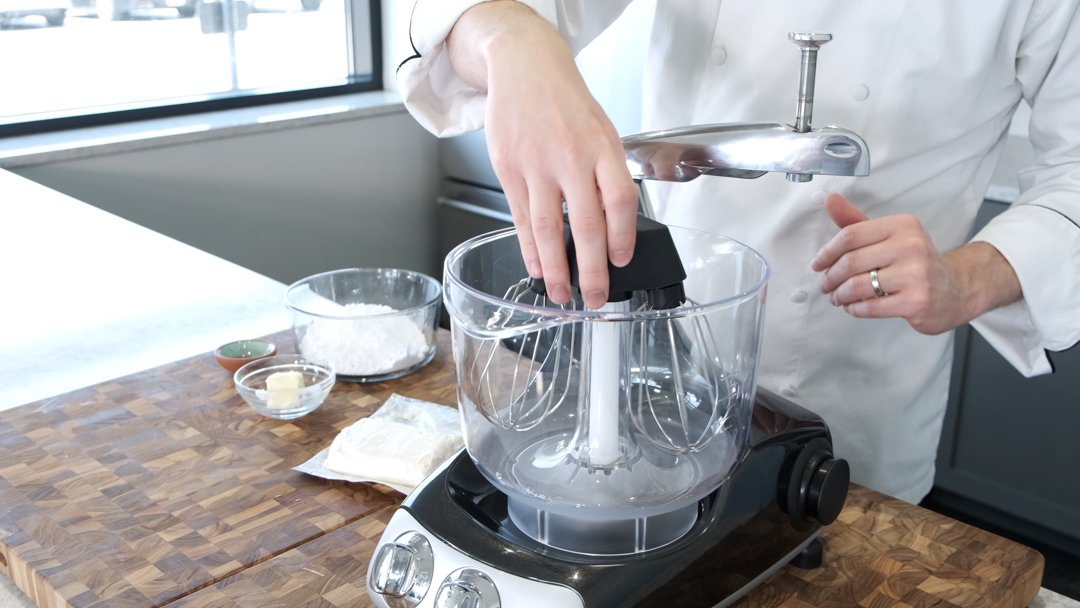
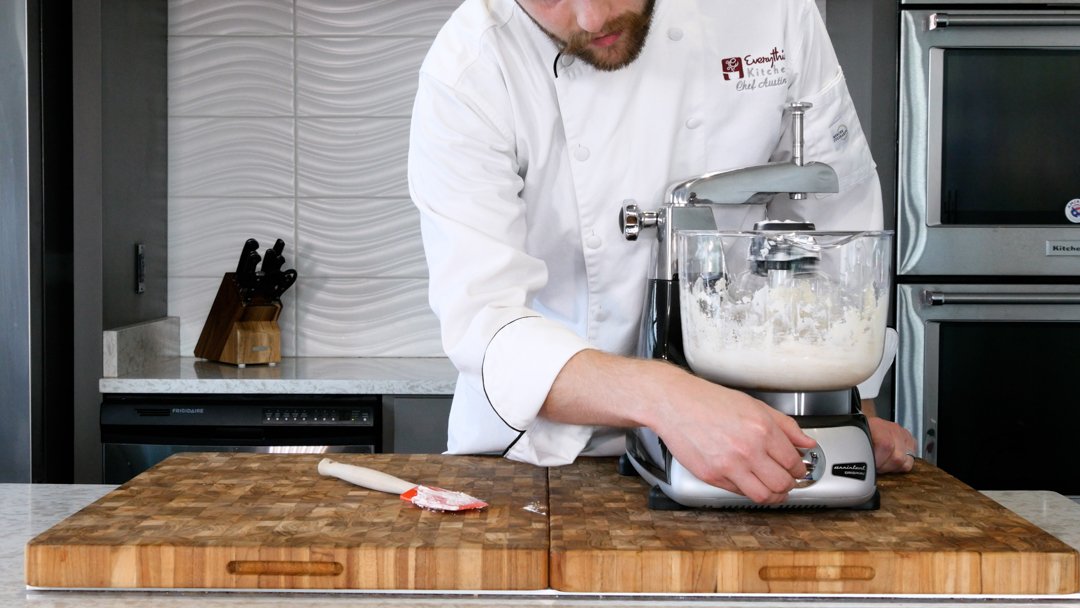
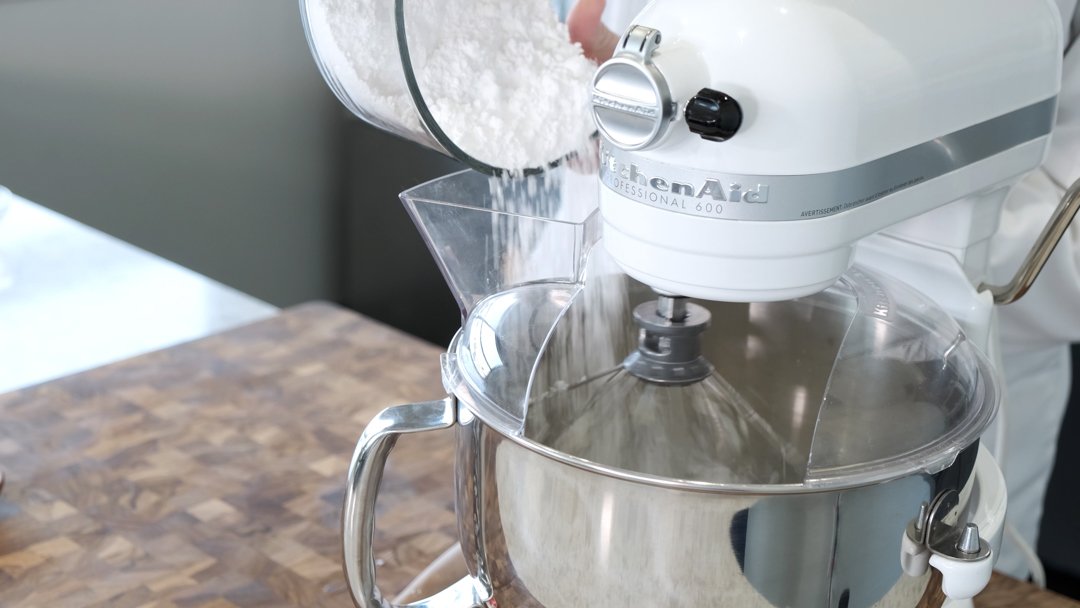

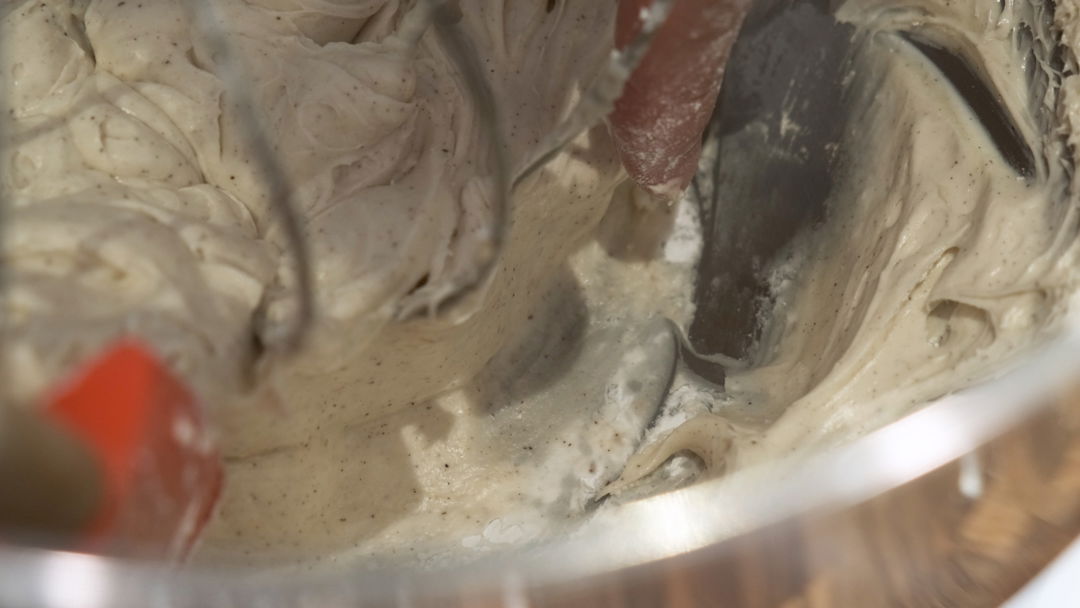

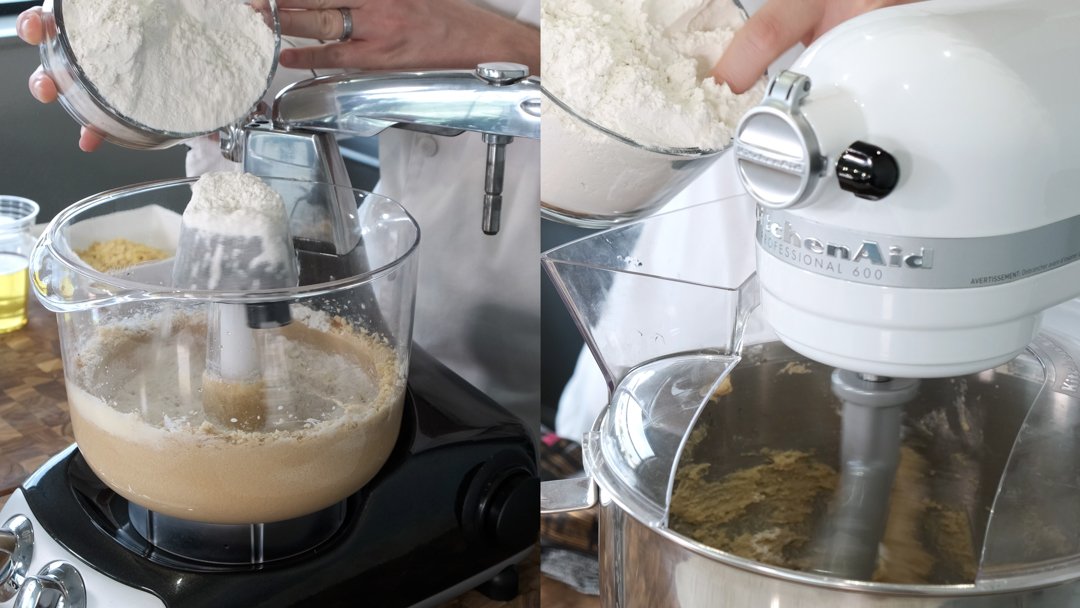
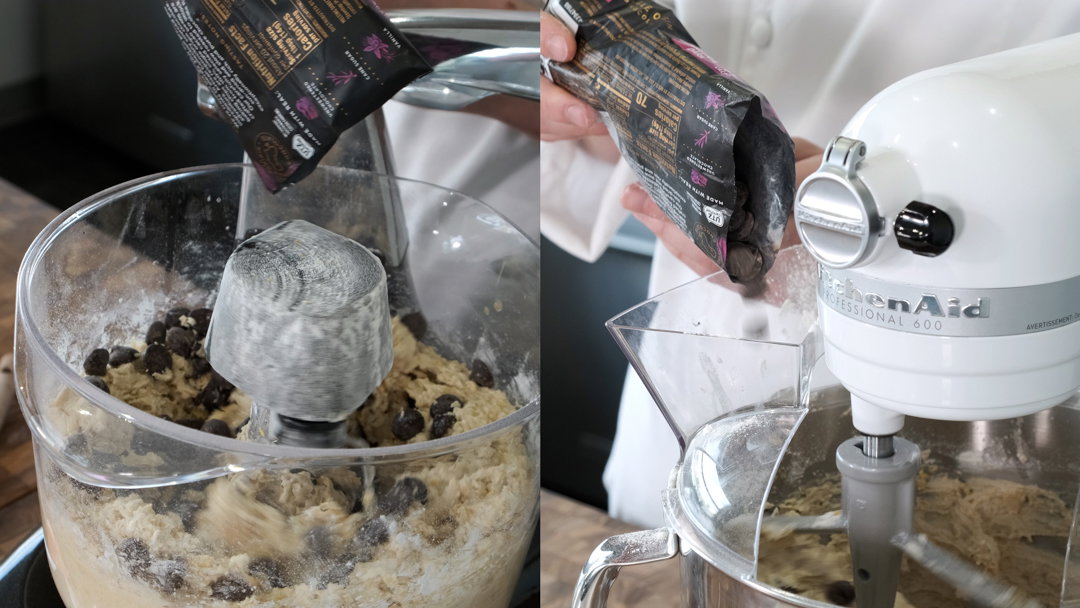

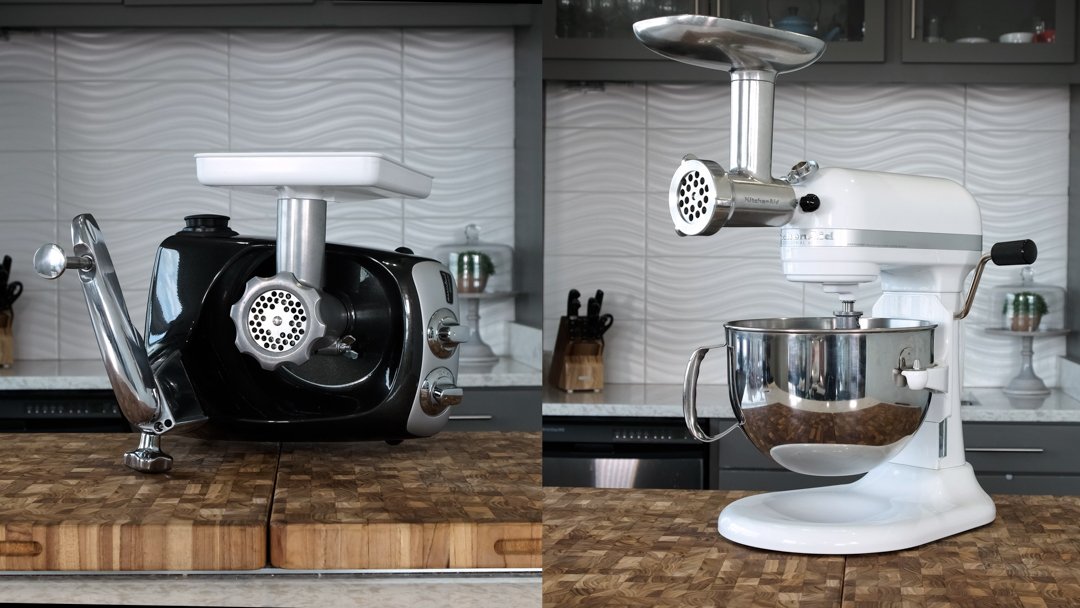
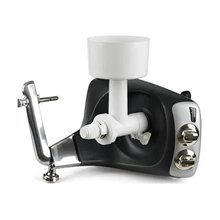
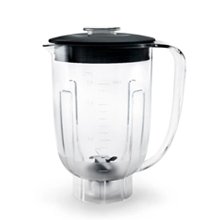






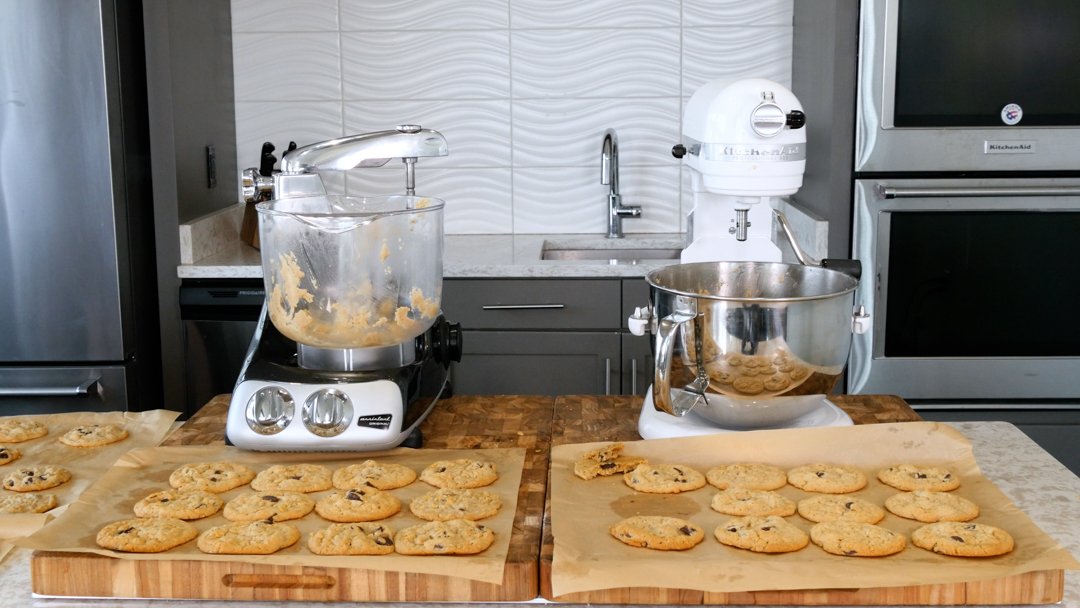
 KitchenAid
KitchenAid Fiesta®
Fiesta® Bosch
Bosch All-Clad
All-Clad Cuisinart
Cuisinart OXO
OXO Le Creuset
Le Creuset Blendtec
Blendtec Wusthof
Wusthof Bormioli Rocco
Bormioli Rocco Vitamix
Vitamix Emile Henry
Emile Henry DeLonghi
DeLonghi Mason Cash
Mason Cash Nordic Ware
Nordic Ware ZWILLING
ZWILLING Kilner
Kilner Staub
Staub Swiss Diamond
Swiss Diamond TeakHaus
TeakHaus Ankarsrum
Ankarsrum LEM
LEM Weston
Weston Moccamaster
Moccamaster Mercer
Mercer All American 1930
All American 1930 CucinaPro
CucinaPro SMEG
SMEG Toddy
Toddy Everything Kitchens
Everything Kitchens
